All about the big balalaika
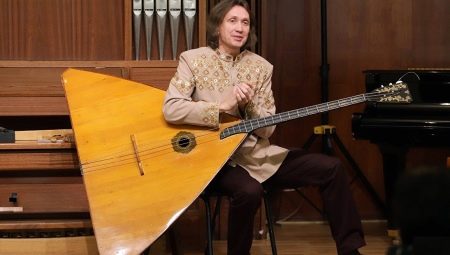
One of the finest surviving musical instruments is the balalaika. Its story is as varied and interesting as its sound and application. In the article we will get acquainted with the types of this instrument - the big balalaika, the double-bass balalaika and others, as well as the place it occupies in the folk orchestra.
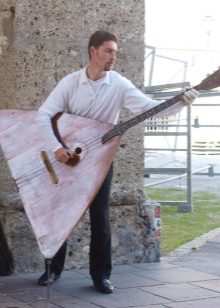
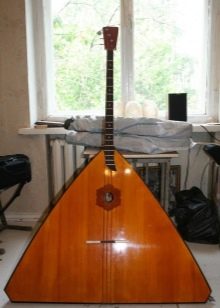
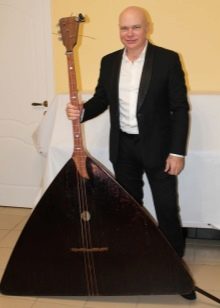
Peculiarities
The balalaika is a national musical instrument with 3 strings, triangular in shape, and is classified as plucked. Balalaika has been popular in Russia for many centuries, along with accordion and harp.
A musical instrument, similar to a triangle, was not associated by people with cosmogonic forms (which had an important place in the cultural aspect of their life), such as, for example, a circle or a square, so it could be played safely.
By the end of the 19th century, this instrument began to be used as an orchestral one. The name is absolutely popular, there are several versions of its origins.
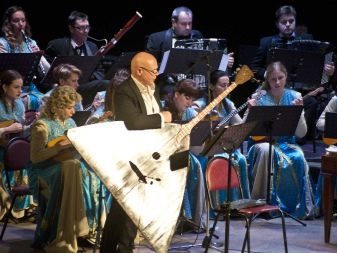
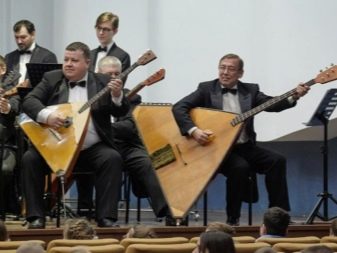
Following one view of the historical roots of the name of the instrument, it has a Turkic origin. Perhaps word formation came from the part of "bala" (child, child), which is noticeable by the repetition of a vowel (similar examples: joke, booth, eggplant and others).
According to another view, the word is of Slavic origin. The instrument itself has long been called "balabayka".
Researchers have long been studying such related words as balabolit, balakat, joke. These root words are synonymous with words: to ring, to chat, to talk about something insignificant, to scribble.
The concepts quite specifically indicate the essence of the thing, explain its nature as light, funny, "rattling".
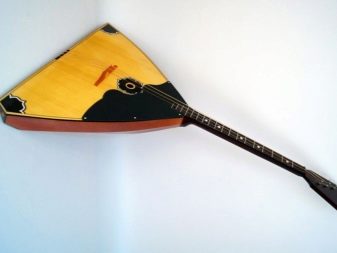
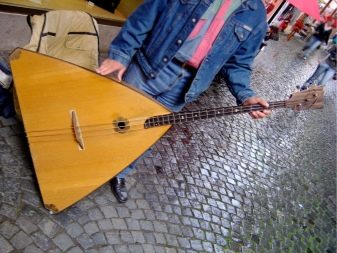
There is no single view of the time of the emergence of the balalaika.It is known that it became very widespread and popular in folklore at the turn of the 18th century. It was a two-stringed instrument, with a long body (approximately 27 cm) and a much longer neck.
Shepherds and buffoons played well on it, because their way of life was not sedentary. Unlike the peasants, they were not burdened with household chores and worries. This freedom made it possible to practice the game and achieve a high level of skill. Among the peasants, the common people, balalaika music was considered a waste of time. The game was condemned: there are many sayings about this. However, when the peasants were resting, they did not mind listening to the cheerful play of the instrument, singing folk songs to its accompaniment. They bought an expensive thing, saying: "God willing, Father will sell the yard, but he will buy a balalaika."
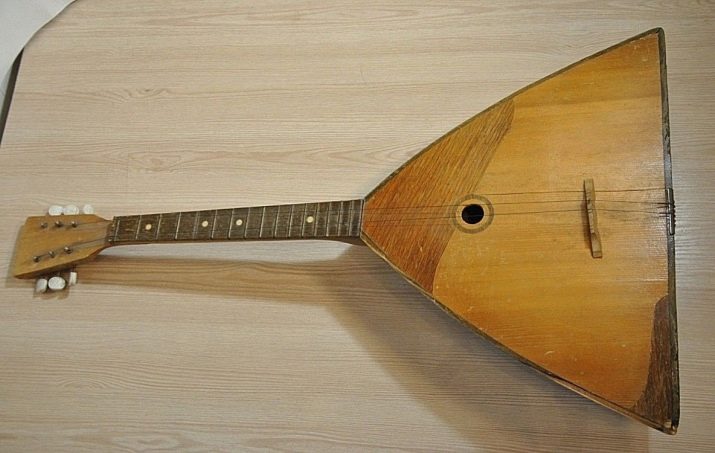
The current appearance of the instrument appeared after its completion by the composer, musician, virtuoso balalaika player V.V. Andreev. The well-known specialists V. V. Ivanov, F. S. Paserbsky, S. I. Nalimov were also involved in the improvement. V.V. Andreev submitted the idea of making a deck from spruce, the back part was proposed to be made of beech, shortening it. A whole family of balalaikas was the work of F. S. Paserbsky: prima, tenor, alto, bass, double bass, piccolo. These instruments later served as the basis of the Russian folk orchestra, its national peculiarity.
We can say that now there are two instruments: folk and Andreev balalaika.
The second acts as a solo, concert, ensemble and orchestral instrument.
It is fair to say that it is still a fairly popular musical instrument. He is taught in institutions with the status of an academy in our country, in Belarus, Kazakhstan, in the Ukraine.

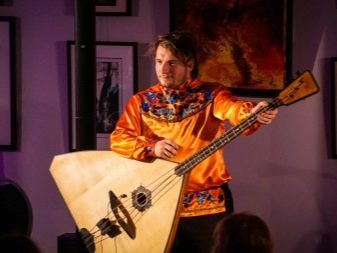
In music schools, teaching a subject is given from 5 to 7 years, in Susa - 4 years, in a university - from 4 to 5 years. The basis of the student's repertoire: folk songs and their variations, classical music and its arrangements, author's music.
Nowadays, there are 5 types of this tool. Types differ in size, detail, sound. Balalaikas are from 0.6 to 1.5 meters, sometimes more.
Types of balalaikas:
- prima,
- second,
- alto,
- bass,
- double bass.
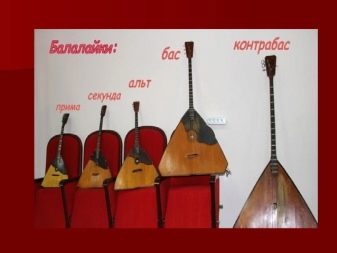

The instruments have a different number of frets on the fretboard. The smallest in size are from 19 to 24 frets, the largest are double basses - 16 or 17 frets. Only the prima balalaika has the exclusive right to solo in the orchestra.
Sound
Of course, this musical instrument requires tuning. Before the evolution of the balalaika from an exclusively folk instrument to a concert instrument, the object did not have a constant, universal tuning. The musicians tune it according to their musical views on sound, according to their personal taste and taking into account local traditions.
V.V. Andreev introduced an innovation - he invented the quart system began to rightfully be called academic, spread among the majority of balalaika players. But there is also the so-called popular system. With it, it is easier to play triads, but there is also a minus - it is difficult to play with open strings. In different regions, you can observe their own, local traditions of customization. Sometimes their number can go up to 20.
Setting up a tool is a complex process that requires the work of a professional master.
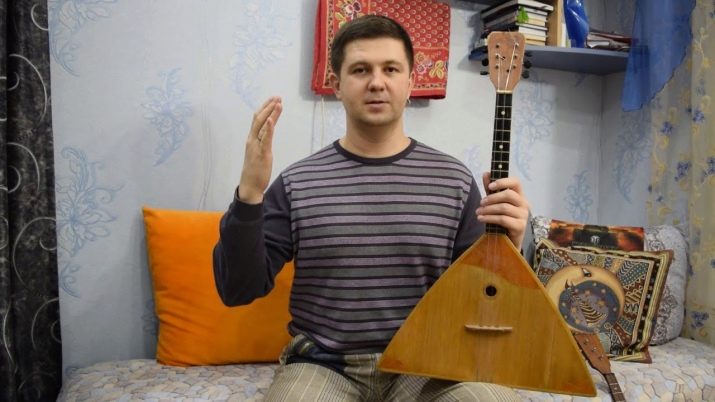
The instruments have a very thin, yet sonorous sound. Most often, rattling, single and double pizzicato, tremolo, vibrato, fractions, as well as guitar techniques are used to extract sounds.
Big balalaika, it is also a double bass, it is a giant balalaika that differs from its “tribesmen” in a very low sound, and its peculiarity is that sometimes its sound is similar to an organ. It sounds especially powerful in the low ranges. In the ensemble, she is assigned the bass part. Its dimensions are 1.6 or 1.7 meters. Has its own number of frets, all other characteristics are similar to other types.
The gigantic look is meant to be used in a musical ensemble.
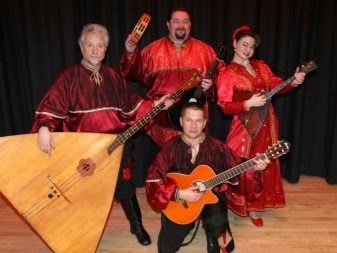
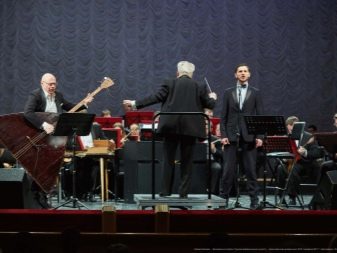
How to play correctly?
Play the balalaika with your fingers.The musician simultaneously strikes all three strings, they are stretched along the neck and body, in the shape of a triangle. The strings are most often made of metal, but there are also nylon and carbon strings. In past centuries, only one string was made of metal, the other two were made from animal veins. The above-mentioned musician V.V. Andreev was fruitfully engaged in the refinement of the balalaika. As a result, the instrument was included in the orchestra.
The balalaika of the usual parameters is held in the hands when playing. In the case of a giant (huge) type, this is impossible due to its impressive size. Therefore, the tool is installed on the floor using a metal device - a spire, which serves as a support for the corner part of the body. This support is used not only for convenience, but also in order to improve the sound quality - it becomes deeper, more beautiful, melodic.

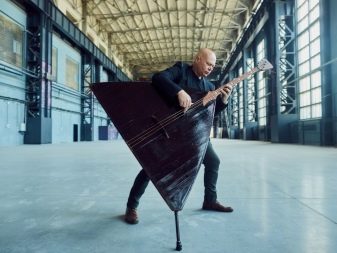
If the double-bass balalaika is placed directly on the floor, the sound is not at all the same.
Sound production from the instrument occurs with the help of a pick made of leather - this special device is called a plector. It is small in size - 6 by 6 mm. To make the sound softer, use your thumb, forefinger, and middle finger.
Of course, playing the gigantic form of the balalaika is difficult. The difficulty lies not only in the size, but also with the thick strings, which are pressed against the frets with serious effort.

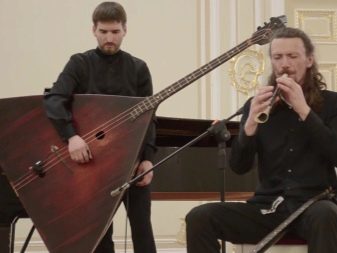
Let's consider the basic rules of the game.
The musician plays while standing or sitting. Standing - when performing a solo part, sitting - when playing with an orchestra.
You cannot lean against the balalaika with your body or clothes, otherwise resonance occurs. With the right approach, the sound is clear, sonorous, loud.
The strings are pressed with the left hand, while the right is struck on them.
We see a fairly solid structure, unpretentious in maintenance, and nevertheless, after exploitation, sooner or later, signs of active play appear. The most common aspect of the toe is the grimy-looking toe - this is the place where the musician often strikes the strings with his fingers. When cleaning traces of dirt, use professional polishes, cleaning agents. In more complex advanced cases, they take folk remedies - vodka, household gasoline. Simple procedures help to preserve the beautiful appearance of the thing, while the sound does not suffer.


If the instrument has been idle for a long time, not used, the musicians release the tension on the strings. From time to time, broaching is needed for all screw connections, lubrication of the peg mechanism. Best stored in a wardrobe trunk or case. It is highly undesirable to store in places where there are temperature and humidity drops. These are balconies, attics, canopy of a private house, verandas, and even window sills, since there are heating appliances nearby.
Previously, balalaika music contributed to the survival of the Russian people, to raise the mood. Today, the revival of ancient traditions contributes to cultural and spiritual growth. The instrument has the task of preserving the customs of our ancestors, its national rituals, musicality. Without a doubt, the Russian balalaika awakens interest in Russian folk music.
Today, thanks to its availability, anyone can purchase it and learn how to play this wonderful folk instrument.
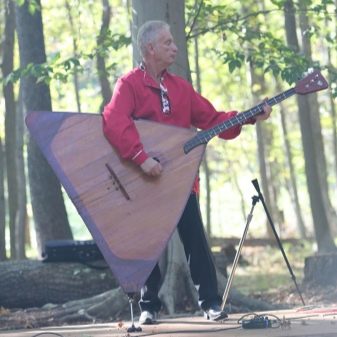
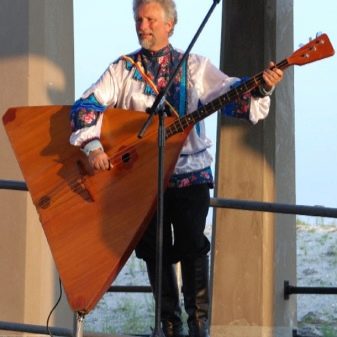
An overview of the double bass balalaika in the next video.








